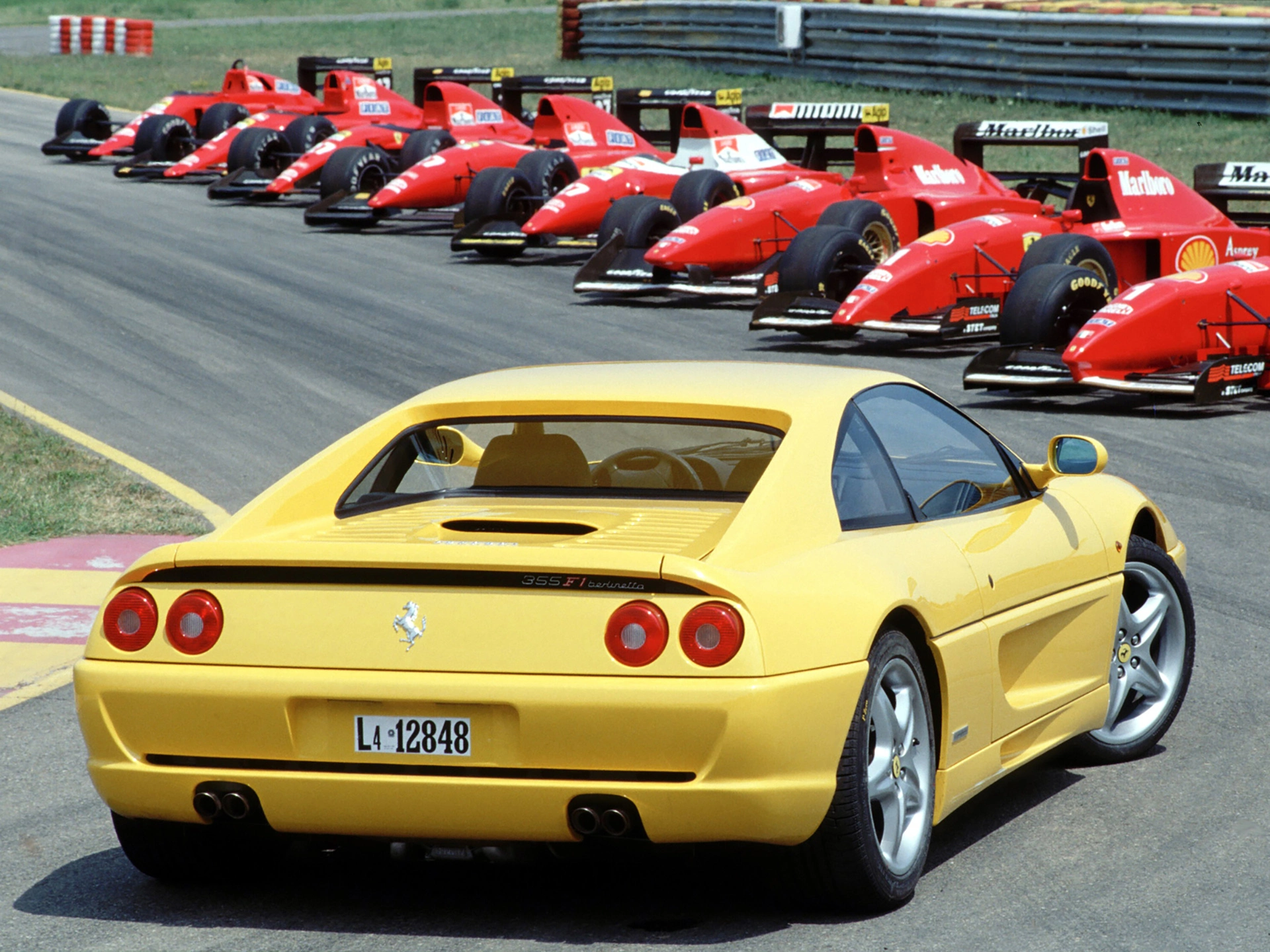Ferrari’s Technological Innovations Part 16: F355. The First Road Car with Ground Effect
01 February 2025 6 min read 4 images

Photo credit: Ferrari, Wheelsage
It may seem incredible that the automobile, in its development over decades, took more than 75 years to understand the importance of utilizing the air it encounters when driven. In fact, research initially focused on the opposite approach: reducing drag by making cars as streamlined as possible to improve air penetration. Yet, the solution would have been simple for an industry that had always taken inspiration from airplanes. It would have sufficed to invert the principle of airplane wings, which enable flight by creating lift. By flipping this principle, airflow generated by speed could create low pressure beneath the vehicle, pushing it downward, enhancing road grip and stability. This concept, first tested by Chaparral cars in the American Can-Am championship and later in Formula 1 in the mid-1970s, demonstrated that air is not the enemy but the ally of automobiles.
Register to unlock this article
Signing up is free and gives you access to hundreds of articles and additional benefits. See what’s included in your free membership. See what's included in your free membership.
Already have an account? Log In


